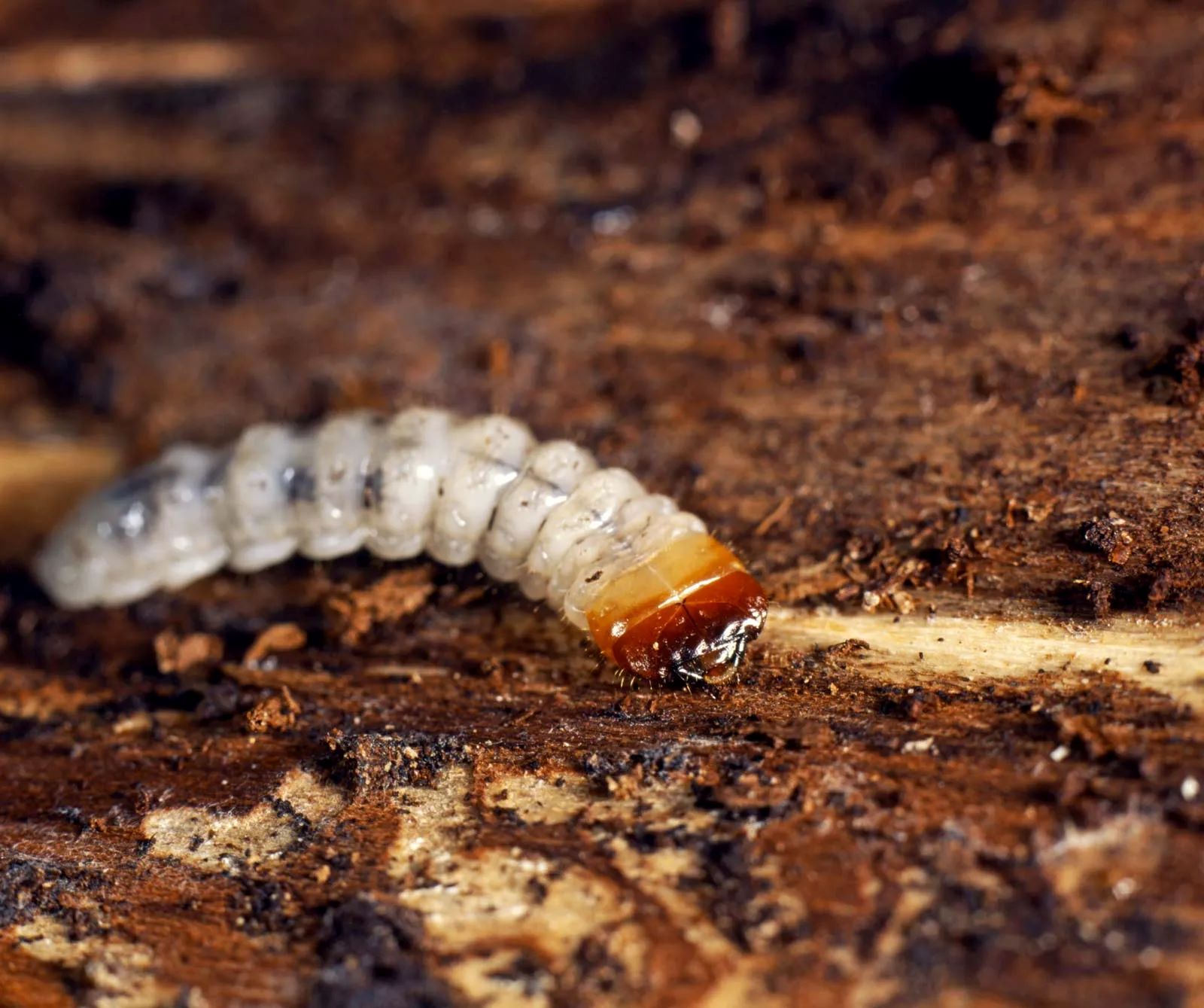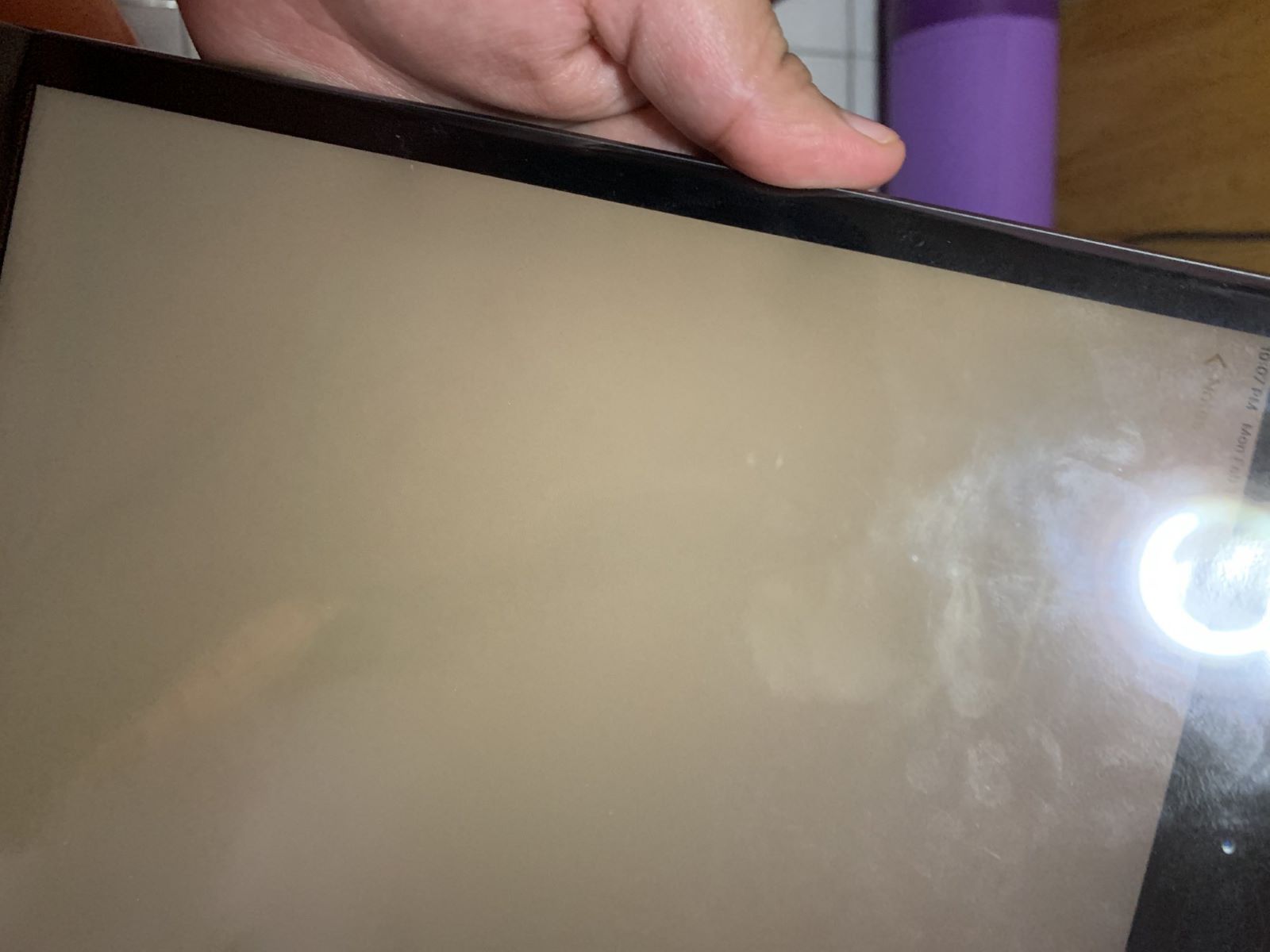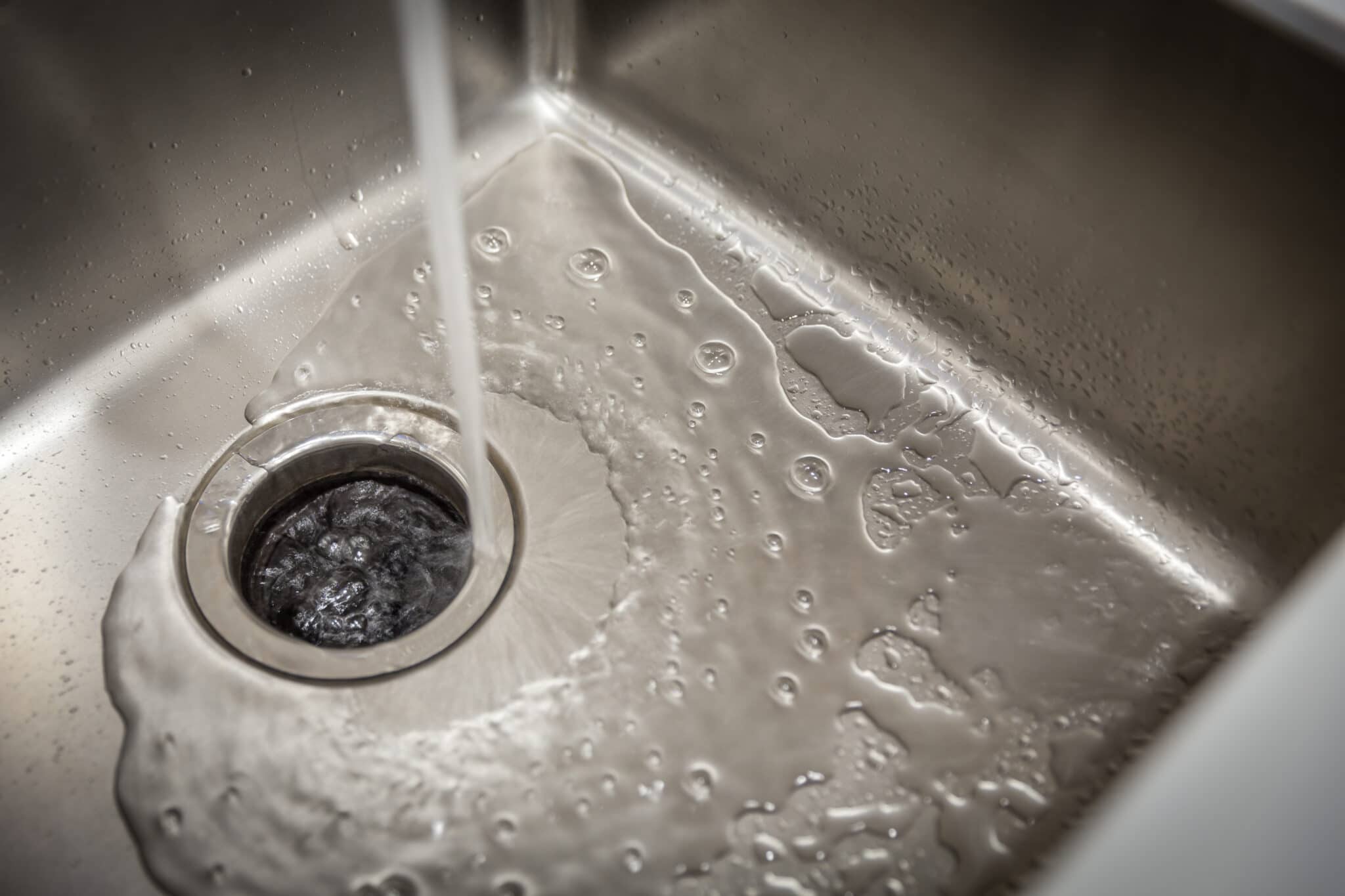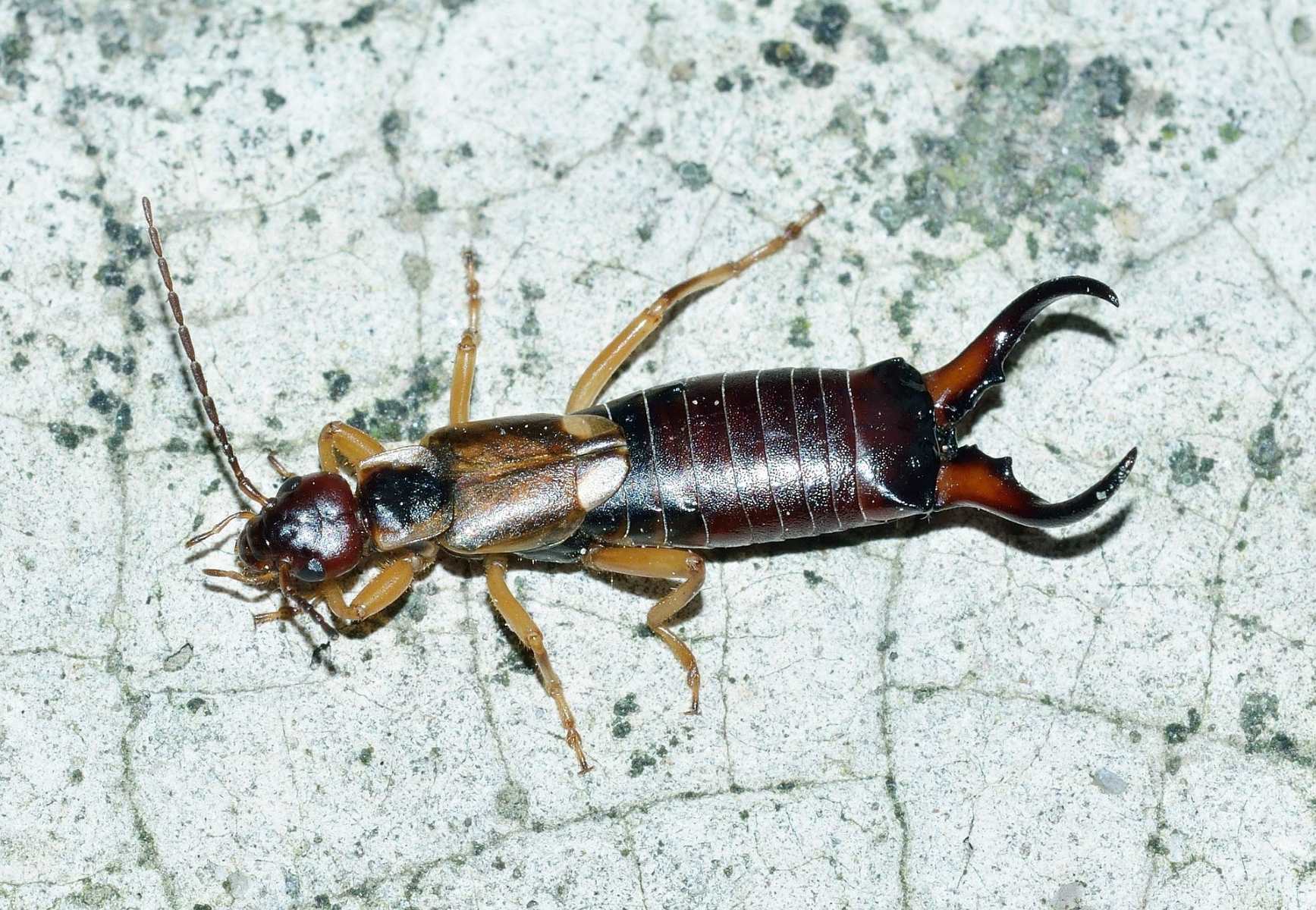Home>Home and Garden>Trash Can Maggot Infestation? Here’s How To Manage It!


Home and Garden
Trash Can Maggot Infestation? Here’s How To Manage It!
Published: January 21, 2024
Learn effective methods to manage a trash can maggot infestation in your home and garden. Get expert tips and solutions to keep your outdoor space clean and pest-free.
(Many of the links in this article redirect to a specific reviewed product. Your purchase of these products through affiliate links helps to generate commission for Regretless.com, at no extra cost. Learn more)
Table of Contents
Introduction
Dealing with a trash can maggot infestation can be an unpleasant experience for any homeowner. The sight of wriggling maggots in and around your trash can is not only unsightly but also poses potential health hazards. However, understanding how to manage and prevent trash can maggot infestations can help alleviate this issue and maintain a clean and hygienic home environment.
Maggots, the larval stage of flies, are commonly found in decaying organic matter, making trash cans an ideal breeding ground for these unwelcome pests. During warmer months, flies are attracted to the odors emanating from organic waste in trash cans, where they lay their eggs. Within a short period, these eggs hatch into maggots, leading to a full-blown infestation if left unchecked.
In this comprehensive guide, we will delve into the causes of trash can maggot infestations, effective preventive measures, and practical strategies for managing and eradicating these pests. By gaining a deeper understanding of these topics, you can take proactive steps to keep your trash can free from maggots and maintain a clean and sanitary living space.
Understanding the lifecycle and behavior of maggots, as well as the conditions that attract flies to trash cans, is crucial for implementing targeted solutions. Through this guide, you will gain valuable insights into the habits of these pests and the best practices for preventing and addressing trash can maggot infestations. Let's explore the world of trash can maggots and equip ourselves with the knowledge needed to combat this common household nuisance.
Understanding Trash Can Maggot Infestation
Trash can maggot infestations are a common issue that arises from the presence of decaying organic waste, which serves as an ideal breeding ground for flies. Understanding the lifecycle of these pests is crucial in effectively managing and preventing infestations.
Maggots, the larval stage of flies, thrive in environments rich in organic matter, such as food scraps and other decomposing materials commonly found in trash cans. Flies are naturally drawn to the odors emitted by decaying waste, prompting them to lay eggs in these favorable conditions. Once the eggs hatch, maggots emerge and rapidly multiply, leading to a full-blown infestation if left unaddressed.
The warm and moist environment within a trash can provides the perfect conditions for maggots to thrive and complete their lifecycle. Understanding the behavior and preferences of these pests is essential for implementing targeted strategies to combat infestations effectively.
Furthermore, the presence of maggots in a trash can is not only unsightly but also poses health risks. Maggots can carry bacteria and other pathogens, potentially contaminating the surrounding area and increasing the likelihood of disease transmission. Therefore, it is crucial to address trash can maggot infestations promptly and implement preventive measures to minimize the risk of recurrence.
By gaining a deeper understanding of the factors that contribute to trash can maggot infestations, homeowners can take proactive steps to mitigate these issues. This includes identifying and addressing the root causes, implementing proper waste disposal practices, and adopting preventive measures to deter flies from laying eggs in trash cans.
In the following sections, we will explore effective preventive measures and practical strategies for managing and eradicating trash can maggot infestations, empowering homeowners to maintain a clean and hygienic living environment.
Preventing Trash Can Maggot Infestation
Preventing trash can maggot infestations requires a proactive approach that addresses the root causes and implements effective preventive measures. By adopting these strategies, homeowners can significantly reduce the likelihood of maggots taking up residence in their trash cans.
Proper Waste Disposal
One of the most effective ways to prevent trash can maggot infestations is by practicing proper waste disposal. This involves securely bagging and tying up organic waste, such as food scraps and other decomposable materials, before placing it in the trash can. Ensuring that waste is properly contained minimizes the odors that attract flies and reduces the opportunity for them to lay eggs in the trash can.
Regular Cleaning and Maintenance
Regularly cleaning and maintaining the trash can can help deter maggot infestations. Thoroughly rinsing the trash can with a mixture of water and vinegar or a mild detergent can help eliminate lingering odors and residue that may attract flies. Additionally, ensuring that the trash can lid is tightly secured and free from cracks or gaps can prevent flies from accessing the contents and laying eggs.
Use of Trash Can Liners
Using trash can liners or bags can serve as an additional barrier against maggot infestations. Liners not only contain the waste within the trash can but also provide an extra layer of protection against odors that may attract flies. Opt for durable and tear-resistant liners to minimize the risk of leaks or punctures that could lead to a potential infestation.
Application of Natural Repellents
Natural repellents, such as essential oils like citronella, eucalyptus, or lavender, can be effective in deterring flies from approaching the trash can. Spraying a diluted solution of these essential oils around the perimeter of the trash can or on the lid can help mitigate odors and discourage flies from laying eggs in the vicinity.
Proper Placement of the Trash Can
Strategic placement of the trash can can also contribute to preventing maggot infestations. Positioning the trash can away from high-traffic areas and direct sunlight can help minimize odors and reduce the likelihood of attracting flies. Additionally, elevating the trash can slightly off the ground can prevent moisture buildup and create a less hospitable environment for maggots to thrive.
By implementing these preventive measures, homeowners can effectively reduce the risk of trash can maggot infestations and maintain a clean and pest-free living environment. Taking proactive steps to prevent infestations not only enhances hygiene but also contributes to a more pleasant and comfortable home environment.
Managing Trash Can Maggot Infestation
When faced with a trash can maggot infestation, swift and targeted action is essential to effectively manage and eradicate the pests. The following practical strategies can help homeowners address existing infestations and prevent their recurrence.
Immediate Removal of Infested Waste
Promptly removing the infested waste from the trash can is the first crucial step in managing a maggot infestation. Seal the infested waste in a durable plastic bag to prevent the spread of maggots and dispose of it in an outdoor trash receptacle. Thoroughly clean the emptied trash can to remove any remaining maggots, residue, or odors that may attract additional flies.
Use of Boiling Water or Vinegar Solution
After cleaning the trash can, pouring boiling water or a solution of vinegar and water can help eliminate any remaining maggots or eggs. The heat from boiling water effectively kills maggots and sterilizes the trash can, while the acidic properties of vinegar create an inhospitable environment for pests. Allow the solution to sit for a brief period before rinsing the trash can thoroughly.
Application of Insecticidal Soap or Diatomaceous Earth
Insecticidal soap, specifically formulated to target insect pests, can be applied to the interior of the trash can to eradicate maggots. Alternatively, diatomaceous earth, a natural and non-toxic substance, can be sprinkled inside the trash can to dehydrate and eliminate maggots upon contact. Both options provide effective means of managing infestations without posing risks to human health.
Installation of Fly Traps or Baits
Deploying fly traps or baits in the vicinity of the trash can can help capture adult flies, thereby reducing the likelihood of further infestations. Various types of fly traps, including sticky traps and baited containers, are available and can be strategically placed to intercept and eliminate flies before they have the opportunity to lay eggs in the trash can.
Regular Maintenance and Monitoring
Consistent maintenance and monitoring of the trash can are essential for preventing future infestations. This includes adhering to proper waste disposal practices, cleaning the trash can regularly, and implementing preventive measures to deter flies. By staying vigilant and proactive, homeowners can minimize the risk of recurring maggot infestations.
By implementing these targeted strategies for managing trash can maggot infestations, homeowners can regain control over their living environment and prevent the proliferation of pests. Taking decisive action and adopting preventive measures are key to maintaining a clean, hygienic, and pest-free home.
Remember, understanding the behavior of these pests and taking proactive steps are crucial for effective management and prevention of trash can maggot infestations.
Conclusion
In conclusion, managing and preventing trash can maggot infestations is essential for maintaining a clean, hygienic, and pest-free home environment. By understanding the lifecycle and behavior of maggots, as well as the conditions that attract flies to trash cans, homeowners can implement targeted strategies to combat infestations effectively.
Preventive measures, such as proper waste disposal, regular cleaning and maintenance, the use of trash can liners, application of natural repellents, and strategic placement of the trash can, play a crucial role in deterring flies from laying eggs and mitigating the risk of infestations. By adopting these proactive approaches, homeowners can significantly reduce the likelihood of maggots taking up residence in their trash cans.
In the event of a maggot infestation, immediate action, such as removing infested waste, cleaning the trash can with boiling water or a vinegar solution, and applying insecticidal soap or diatomaceous earth, is essential for eradicating the pests and preventing their recurrence. Additionally, the installation of fly traps or baits and consistent maintenance and monitoring of the trash can are vital for managing infestations and deterring future occurrences.
By taking a proactive stance and implementing these practical strategies, homeowners can effectively address trash can maggot infestations and create a more pleasant and comfortable living environment for themselves and their families. It is crucial to recognize the importance of proper waste management and regular maintenance in preventing the proliferation of pests and ensuring a clean and sanitary living space.
Ultimately, by gaining a deeper understanding of the habits and preferences of these pests and incorporating targeted preventive and management strategies, homeowners can safeguard their homes against the unsightly and unsanitary consequences of trash can maggot infestations. With a proactive and informed approach, it is possible to maintain a clean and pest-free living environment, enhancing both comfort and well-being.
Remember, a proactive and informed approach is crucial for effectively managing and preventing trash can maggot infestations, contributing to a cleaner and healthier home environment.












